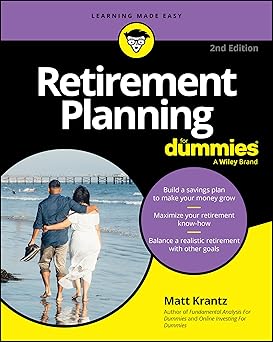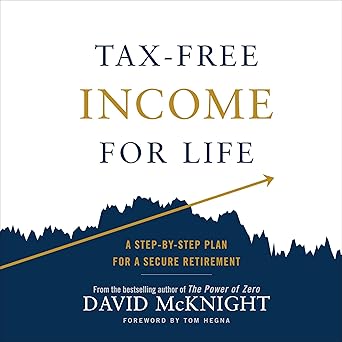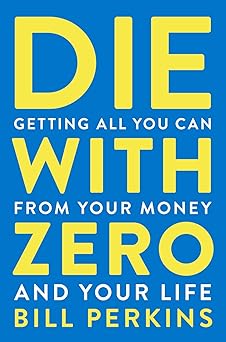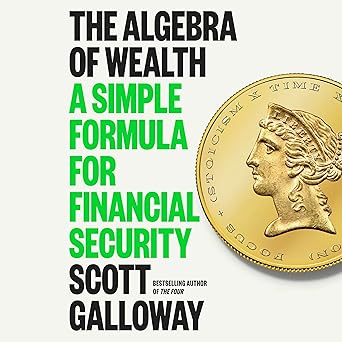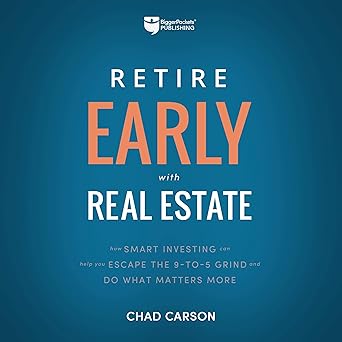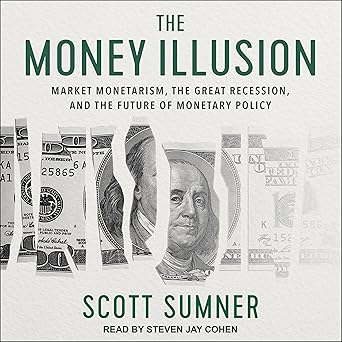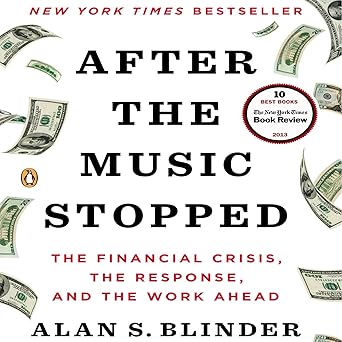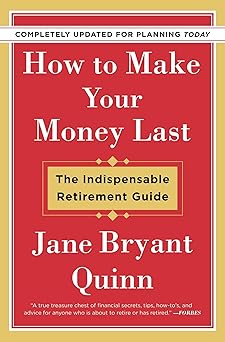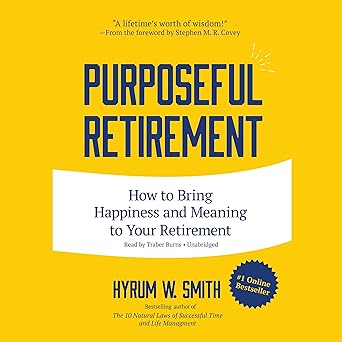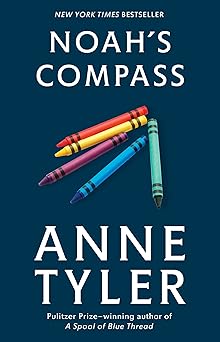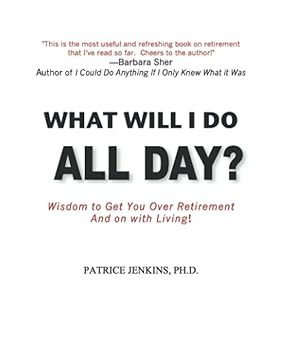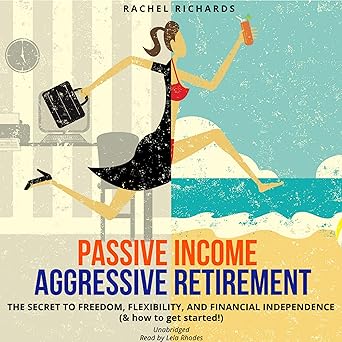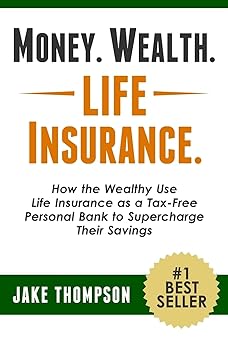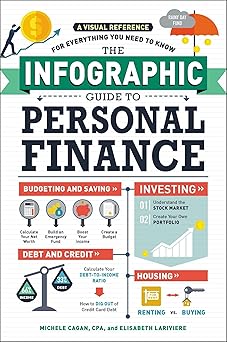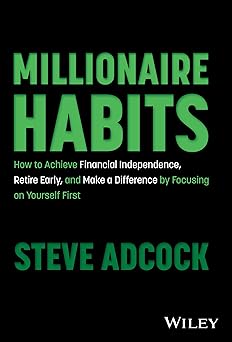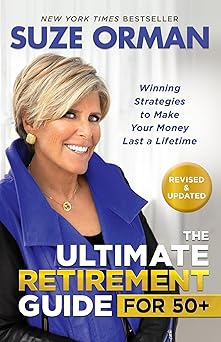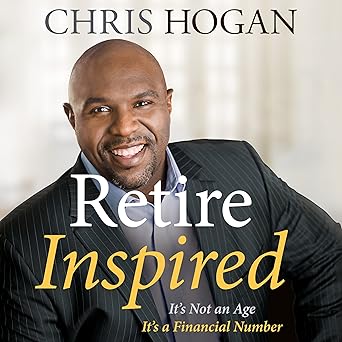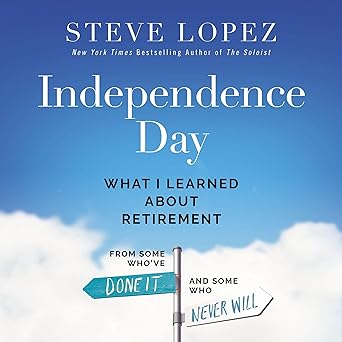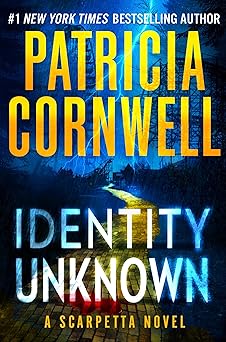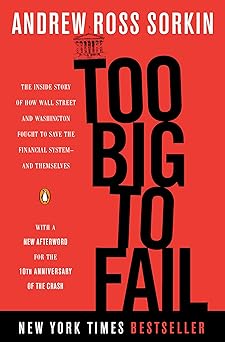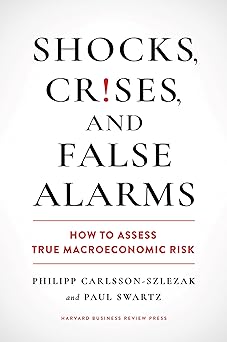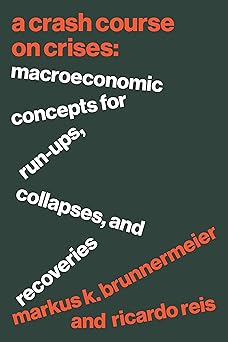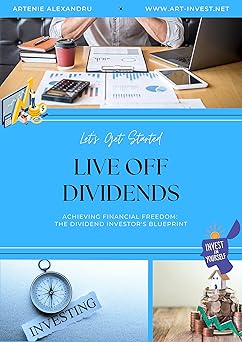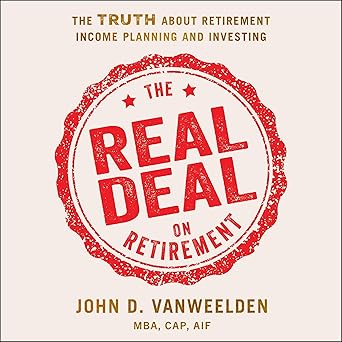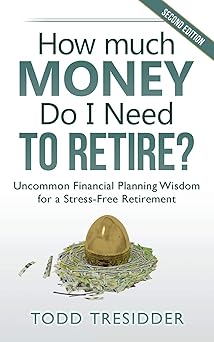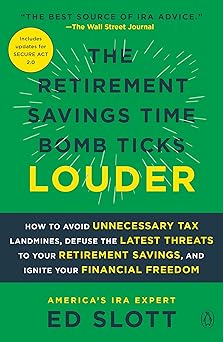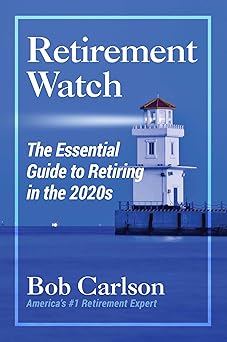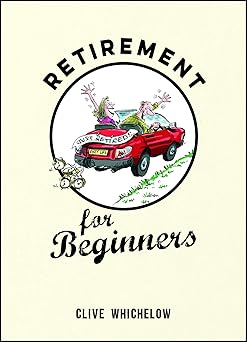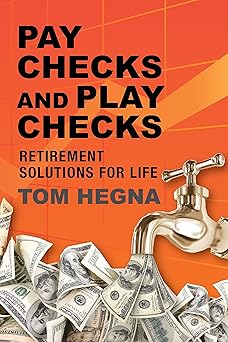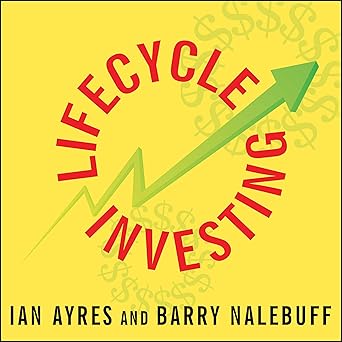Sometimes, I look around at my own life and see so many paths taken, so many chapters closed. It makes me think about what comes next. Not just for me, but for everyone. I’m often asked about retirement – what it really looks like. People worry. They feel lost. They wonder if it’s the end of something, rather than the beginning of a new adventure.
I remember my grandmother, a vibrant woman who loved to garden and bake. When she retired, she felt…empty. She’d poured her life into her work, and suddenly, that structure was gone. It wasn't about the money; it was about purpose. It was a tough time for her, and it taught me a valuable lesson: retirement isn't just about finances. It’s about finding joy, staying connected, and creating a life that feels meaningful.
That’s why I’ve put together this collection of books. These aren't just about saving money or figuring out your 401k. They’re about how to build a retirement that truly fulfills you – a retirement filled with purpose, connection, and joy. Let's explore together what a fulfilling next chapter can look like.
How to Retire Happy, Wild, and Free: Retirement Wisdom That You Won't Get from Your Financial Advisor

Our next book club selection is a must-read for anyone looking to make the most of their retirement years. This inspiring book offers a fresh approach to retirement planning, one that looks beyond the numbers and focuses on the whole person. The author, a world-class expert in his field, shares his wisdom on how to create a happy, wild, and free retirement. He guides readers to gain the courage to take early retirement, to put money in the right perspective, and to pursue their dreams with purpose and passion. The author emphasizes the importance of physical and mental well-being, as well as creative pursuits and meaningful social connections. He also shares practical tools, such as The Get-a-Life Tree, to help readers plan for their retirement in a way that feels truly empowering. What resonated with me the most about this book is its emphasis on living life to the fullest, rather than just managing one's finances. The author reminds us that retirement is not just about surviving, but about thriving. By following his advice, readers can create a retirement that is truly fulfilling and filled with purpose. This book has already resonated with over 110,000 readers, and I have no doubt that it will do the same for our book club.
Discover this book on Amazon (affiliate link)
Retirement Planning Guidebook: Navigating the Important Decisions for Retirement Success (The Retirement Researcher Guide Series)
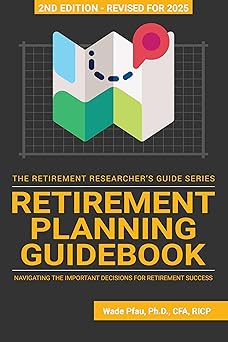
This book provides a comprehensive guide to navigating the important decisions for a successful retirement. The author aims to demystify the complex vocabulary associated with retirement, providing a clear and accessible understanding of the necessary steps to take. I remember when I approached retirement for the first time, I was overwhelmed by the amount of information and options available. The author's approach to breaking down these decisions into manageable parts, using relatable examples and anecdotes, made it easier for me to understand and feel more in control. The book covers a wide range of topics, from understanding your personal retirement income style and investment and insurance tools, to determining your financial readiness for retirement and making smart decisions about Social Security benefits and Medicare options. It also provides guidance on managing taxes, estate planning, and non-financial aspects of retirement, such as finding purpose and passion. Throughout the book, the author emphasizes the importance of taking a comprehensive approach to retirement planning, covering both financial and non-financial aspects. What struck me most was the author's emphasis on the need to take time to organize one's finances and understand the importance of estate and incapacity planning documents. By taking these steps, you can ensure a smooth transition into retirement and make the most of this critical phase of life.
Discover this book on Amazon (affiliate link)
Keys to a Successful Retirement: Staying Happy, Active, and Productive in Your Retired Years
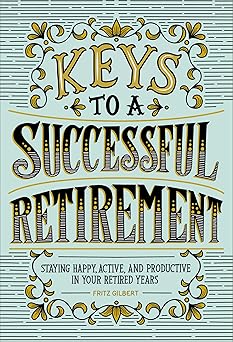
Retirement is a significant milestone in one's life, and it's essential to make the most of it. This book is a comprehensive guide to help individuals navigate the transition and create a fulfilling post-work life. The author shares valuable insights into managing finances, staying active and healthy, and finding purpose in retirement. One of the most significant challenges retirees face is dealing with feelings of aimlessness, grief, and depression, which can be overwhelming. This guide tackles these complex emotions head-on, providing practical advice on how to cope with the emotional ups and downs of retirement. The book also explores the importance of embracing passions and interests, allowing retirees to discover new hobbies and activities that bring joy and fulfillment. The author emphasizes the need for structure and purpose, encouraging readers to take ownership of their retirement and create a life that truly reflects their values and aspirations. By sharing personal anecdotes and real-life examples, the author makes the emotional and psychological aspects of retirement relatable and accessible. The overall message is that a successful retirement is not just about financial stability but also about cultivating a sense of purpose, connection, and happiness. Throughout the book, the author provides practical advice and guidance, offering readers a roadmap to create a fulfilling and meaningful post-work life.
Discover this book on Amazon (affiliate link)
The Essential Retirement Guide: A Contrarian's Perspective
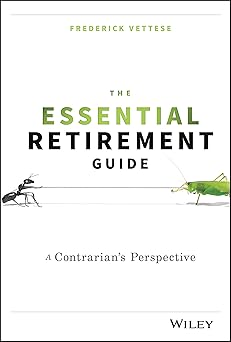
This book is a must-read for anyone serious about planning for their retirement. The author, Frederick Vettese, is an actuary who has spent years studying the subject of retirement planning and has come up with some startling insights. He starts by saying that saving 10 percent a year is not a bad rule of thumb, but it's not always possible or even advisable. Most people spend no more than 50 percent of their gross income on themselves before retirement, so their retirement income target is usually much less than 70 percent. This makes sense, because interest rates will likely stay low for the next 20 years, which will affect how much you need to save. Even in this low-interest environment, you can withdraw 5 percent or more of your retirement savings each year in retirement without running out of money. However, your spending in retirement will almost certainly decline at a certain age, so you may not need to save as much as you think. The book also warns that as people reach the later stages of retirement, they become less capable of managing their finances, even though they grow more confident of their ability to do so! This makes it essential to plan for this before it's too late. The author also discusses the pros and cons of annuities, which have become very expensive but still make sense in certain situations. Furthermore, the book shows how you can estimate your own lifespan and understand the financial implications of long-term care. Most importantly, it reveals how you can calculate your personal wealth target, the amount of money you will need by the time you retire to live comfortably. The author uses his expertise in a clear and easy-to-understand way, making this book an invaluable resource for anyone looking to plan for their retirement.
Discover this book on Amazon (affiliate link)
How Much Can I Spend in Retirement?: A Guide to Investment-Based Retirement Income Strategies (The Retirement Researcher Guide Series)
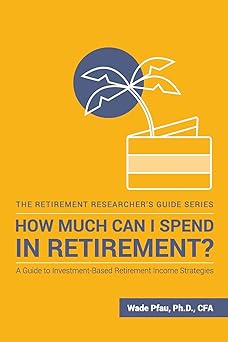
Deciding how much to spend from your investment portfolio in retirement is a crucial task that requires careful consideration. As I walked through the process of determining a reasonable spending rate, I couldn't help but think of my own grandfather, who relied on his savings to support his retirement for over two decades. He was fortunate enough to live a relatively comfortable life, but I remember the anxiety and uncertainty that came with managing his finances. Many of us will face a similar situation in the future, and it's essential to have a solid plan in place to ensure a comfortable and secure retirement.
The concept of sustainable spending from investment portfolios is complex, and it's not as simple as just following the 4 percent rule of thumb that has been widely recommended. While this rule provides a general guideline, it may not be suitable for everyone, especially considering the changing landscape of retirement risks such as increased longevity, market volatility, and unexpected spending shocks. Research has shown that actual retirees tend to reduce their spending with age, build more diversified portfolios, and adjust their spending based on realized portfolio performance. This means that sustainable spending may be higher than the traditional 4 percent rule.
What I've learned from my research and experience is that retirees need to weigh the consequences of spending too little versus spending too much. This requires a thoughtful and personalized approach to retirement planning, taking into account individual circumstances, risk tolerance, and goals. The book provides a comprehensive guide on analyzing variable spending strategies, creating a bucketing strategy, and implementing the "probability-based" school of thought for retirement planning.
Throughout my writing process, I drew upon my background in economics and my experience working with unique clients. I've seen firsthand the impact of effective retirement planning on individuals and families. By providing a tailored approach to sustainable spending, this book aims to empower readers to make informed decisions about their retirement income and create a secure financial future.
Discover this book on Amazon (affiliate link)
